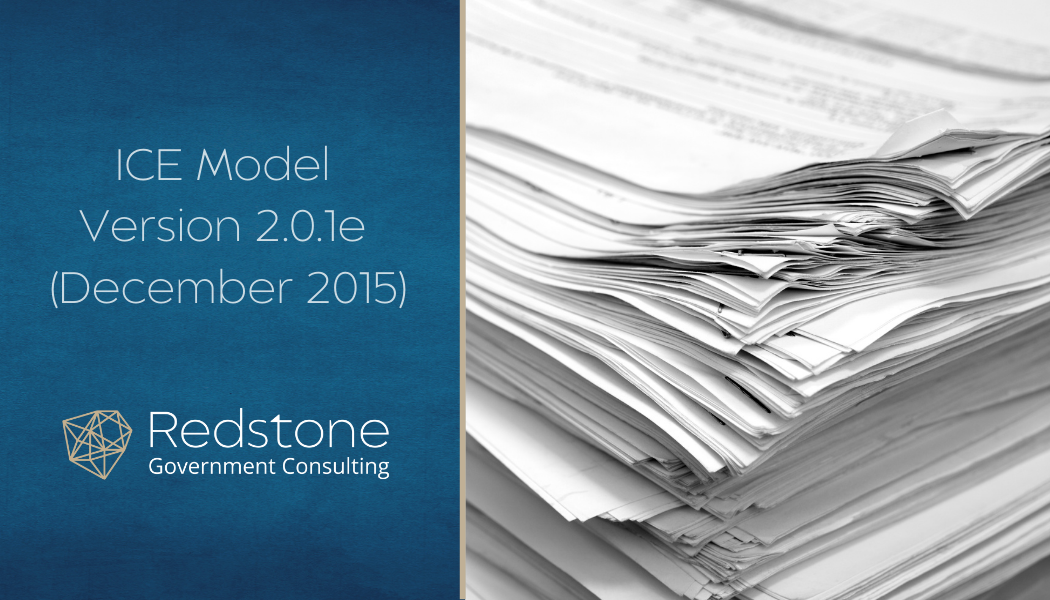The Bipartisan Budget Act of 2013 (BBA) has changed the game for executive compensation limitations yet again. Before 2012, US Government contracts subject to the FAR Part 31 Cost Principles were subject to the applicable fiscal year (FY) Compensation Cap established by the OMB (Office of Management and Budget) on the five most highly compensated employees in management positions. This changed again for contracts awarded from January 1, 2012 through June 23, 2014 to apply to all contractor employees performing DoD, NASA, and Coast Guard contracts, but apply only to the top five executives for remaining agencies. Every year the Office of Management and Budget publishes a memorandum to the Heads of Executive Departments and Agencies announcing the “benchmark compensation amount” for certain executives and contractor employees. During contractor’s fiscal years 2013 and 2014 the executive compensation dollar limitation was $980,796 and $1,144,888, respectively. Now, the BBA limits how much a contractor could charge the federal government for an employee’s compensation to $487,000 to all contractor employees for new contracts subject to FAR 31.2 awarded on or after June 24, 2014. This provision limitation change within a fiscal year has caused a contractor to be subject to multiple employee compensation caps (FAR 31.205-6(p)) within the same fiscal year.
Kimberly Basden
 Kimberly is a Managing Consultant with Redstone Government Consulting, Inc. based in our Huntsville, Alabama office. Her areas of expertise include working with government contract accounting and contracting issues and audit. Kimberly specializes in assisting government contractors in the unique accounting, pricing, proposal preparation, and compliance requirements of the U.S. Government. Professional Experience Kimberly’s experience includes preparation of complex incurred cost submissions, compliant accounting infrastructure, preparation and evaluation of policies and procedures, contract closeout process, developing provisional indirect rate budgets, monitoring actual indirect rates, and providing audit support to government contractors. Her primary focus is working pro-actively in preparing small contractors for government contract challenges as well as resolving DCAA issues. Kimberly has almost ten years of experience assisting clients with Federal Acquisition Regulations (FAR) and Cost Accounting Standards (CAS) best practices and compliance. She works with government contractors to comply with critical Federal Acquisition Regulations (FAR) requirements related to cost accounting and proposals. Her sundry experience with various government contract issues and successful resolutions provides insight that benefits our clients. Prior to joining Redstone Government Consulting, Inc., Kimberly specialized in assurance and advisory services with a regional firm (Jackson Thornton), working as a staff accountant conducting compilations and reviews, auditing financial statements and assisting with litigations. Education Kimberly earned a Bachelor of Science degree in Commerce and Business Administration from The University of Alabama in 2007. Affiliations National Contract Management Association Women in Defense
Kimberly is a Managing Consultant with Redstone Government Consulting, Inc. based in our Huntsville, Alabama office. Her areas of expertise include working with government contract accounting and contracting issues and audit. Kimberly specializes in assisting government contractors in the unique accounting, pricing, proposal preparation, and compliance requirements of the U.S. Government. Professional Experience Kimberly’s experience includes preparation of complex incurred cost submissions, compliant accounting infrastructure, preparation and evaluation of policies and procedures, contract closeout process, developing provisional indirect rate budgets, monitoring actual indirect rates, and providing audit support to government contractors. Her primary focus is working pro-actively in preparing small contractors for government contract challenges as well as resolving DCAA issues. Kimberly has almost ten years of experience assisting clients with Federal Acquisition Regulations (FAR) and Cost Accounting Standards (CAS) best practices and compliance. She works with government contractors to comply with critical Federal Acquisition Regulations (FAR) requirements related to cost accounting and proposals. Her sundry experience with various government contract issues and successful resolutions provides insight that benefits our clients. Prior to joining Redstone Government Consulting, Inc., Kimberly specialized in assurance and advisory services with a regional firm (Jackson Thornton), working as a staff accountant conducting compilations and reviews, auditing financial statements and assisting with litigations. Education Kimberly earned a Bachelor of Science degree in Commerce and Business Administration from The University of Alabama in 2007. Affiliations National Contract Management Association Women in DefenseRecent Posts
DCAA has recently released a new version of the ICE Model, which is the electronic version of the “Model Incurred Cost Proposal” that provides contractors with a standard ICE submission for preparing adequate incurred cost proposals in accordance with FAR 52.216-7, “Allowable Cost and Payment.” This version 2.0.1e released in December 2015, may be downloaded from DCAA website. There were no computational changes to the newly released version, however, additional information will be required for Schedule J. Schedule J provides DCAA with the Subcontract Information such as contact information, subcontract value, period of performance, costs incurred for each subcontractor, and award type. In the 2.0.1e version, additional information such as prime contract value and subcontractor’s duns number has been added to the required information for this schedule. This is the second version of the ICE Model released this year. ICE Version 2.0.1d released in August 2015, had no computational or functional changes to the previous Version 2.0.1c (June 2012).
Topics: Incurred Cost Proposal Submission (ICP/ICE), DCAA Audit Support
It’s that time of year, books are closed, tax data has (maybe) been sent to the CPAs and you are ready to start a new year. However, as a government contractor with cost-reimbursable contracts, for the next 180 days a cloud called the incurred cost submission (due on June 30, 2015) is looming over head. Will this cloud looming become a thunder storm or beautiful clear skies? Well, my friend, that is up to you. Here are the top 5 things to know about the incurred cost submission that will make this year a success in submitting a timely and adequate incurred cost submission.
Topics: Incurred Cost Proposal Submission (ICP/ICE), DCAA Audit Support



